Published on: July 16, 2021

Roof types and the materials that your roof is made of will have an impact on your roof’s lifetime and durability. While some materials cost more, they also last longer. You’ll need to weigh the pros and cons of various roofing types and materials to decide what’s best for your budget and needs.
It’s also a good idea to talk with a roofing expert, especially if you’re replacing your roof due to weather damage. You have many options for ways to protect your home or commercial building while meeting your project budget.
Plus, this is a good opportunity to upgrade the exterior aesthetic of your home. You might not realize how much your roof impacts the look of your home until you upgrade it to a more modern and stylish look.
We’ll break down the various roofing types and materials and how long they’ll last, average expense, design, weather resistance and more.
Roofs can look quite different depending on the materials and methods you choose. Here’s a look at 14 roofing types and materials you can choose from.
Read on for more details about these various roofing materials to better understand what might work best for your needs.
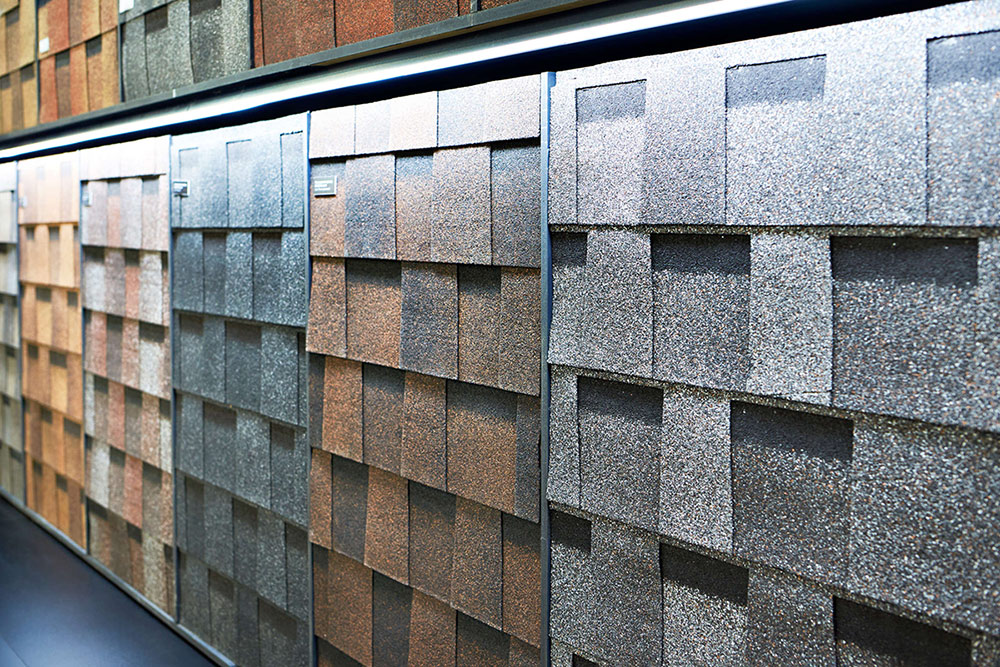
Asphalt shingle roofing is the most common material used in the US. This roofing method is fairly effective in various climates and stands up well to different weather events.
Asphalt roofs are also very cost-effective, which makes them attractive for homeowners. What you should know is that they have a shorter lifespan than some other roofing materials available. You can expect to get about 20-25 years from an asphalt roof.
One of the largest hazards for an asphalt roof is hail. However, they are very good for water resistance, which is important for Washington-area homes. From an aesthetics standpoint, asphalt roofs can look like wood, tile or slate shingles, but at a much lower cost. Choose from these three shingle styles when getting an asphalt roof: luxury, dimensional or 3-tab shingles.
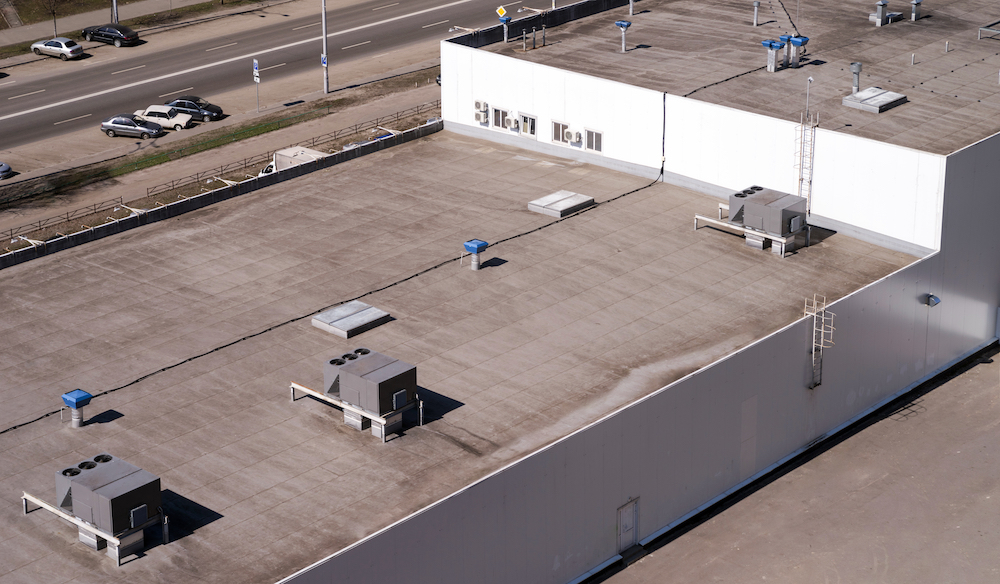
Another name for a built-up roof is a tar and gravel roof. These roofs include alternating layers of bitumen and fabrics. This builds a membrane-style material. You can use more or fewer layers depending on your home’s needs.
A built-up roof is generally best for low-slope or flat roofs. This style of roof can make it easier to walk on the roof. The average lifespan for a built-up roof is 15-30 years, though they can last longer.
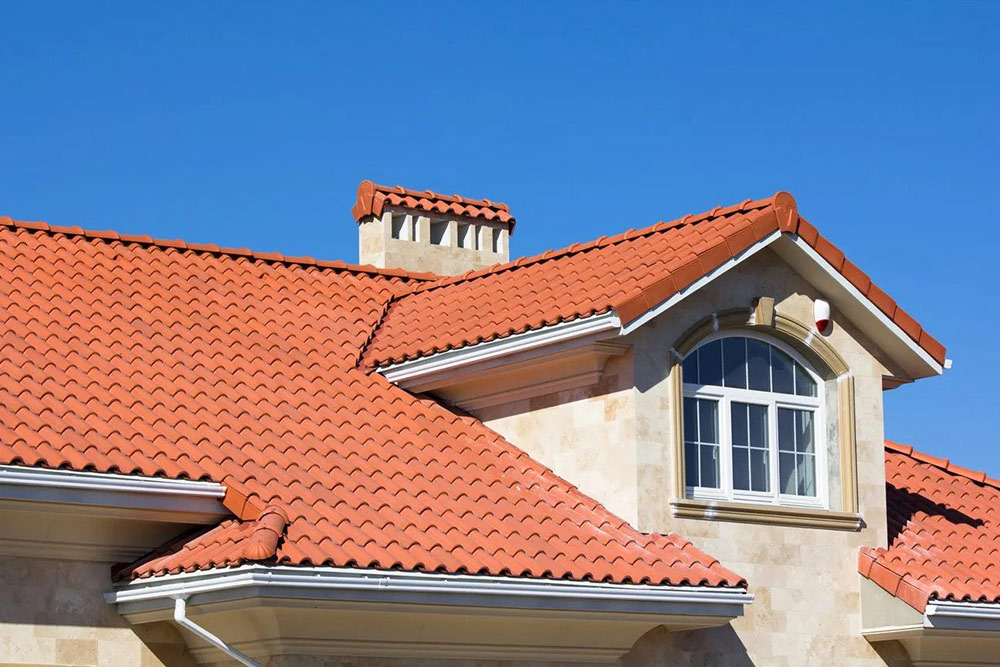
Clay tiles offer a unique, yet rustic style. These tiles can withstand high heat and will be durable for many years. Most often, you’ll see this roofing style in areas of the country where it’s very warm. But in colder areas, they’re also a great choice because they withstand freezing and thawing very well.
These shingles are very heavy, so be sure your home can withstand this top-heaviness before going with this roofing style. Additionally, this roofing material is fairly expensive when compared with other materials. Repairing roofs with this material is also more expensive than other roof types.
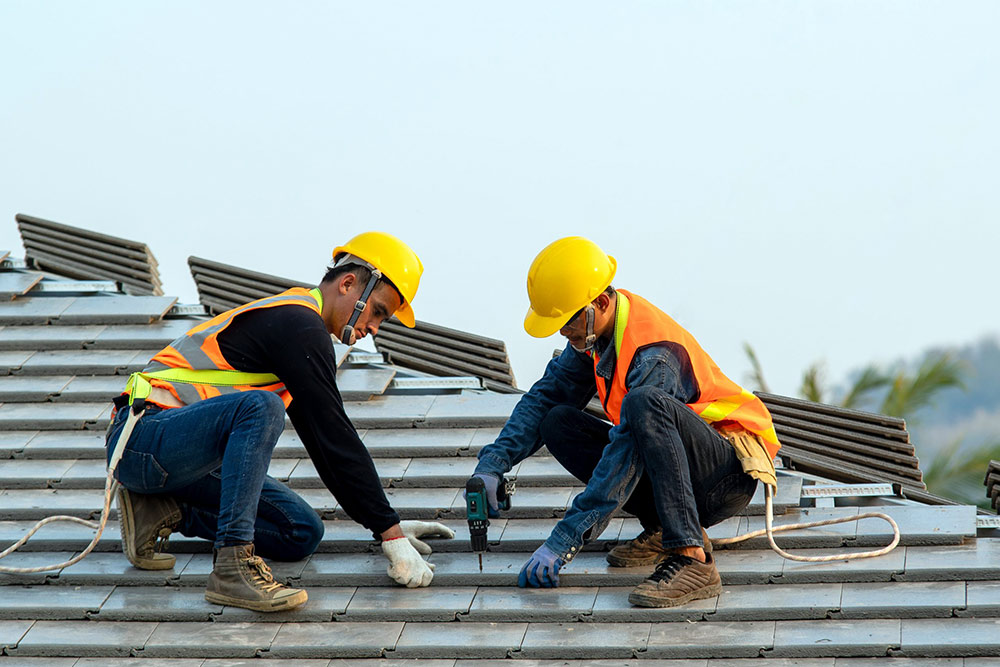
Concrete tile roofing is more common than you might expect. And this roofing is long-lasting and cost-effective since they last for a hundred years or more.
Concrete tiles come in a variety of colors and textures. You can even choose concrete tiles that look like other, more expensive roofing styles. This roofing type can withstand winds of up to 125 miles per hour and offer great leak resistance.

This roof type is essentially a garden for a roof. They provide many outstanding benefits, including maintaining consistent temperatures in your building and improving energy efficiency.
Green roofs help in stormwater management by absorbing and filtering rainwater instead of sending it to the sewers. This reduces the runoff and improves water quality.
But they have many other great benefits too, like noise reduction and less air pollution. Plus, these roofs are aesthetically pleasing.
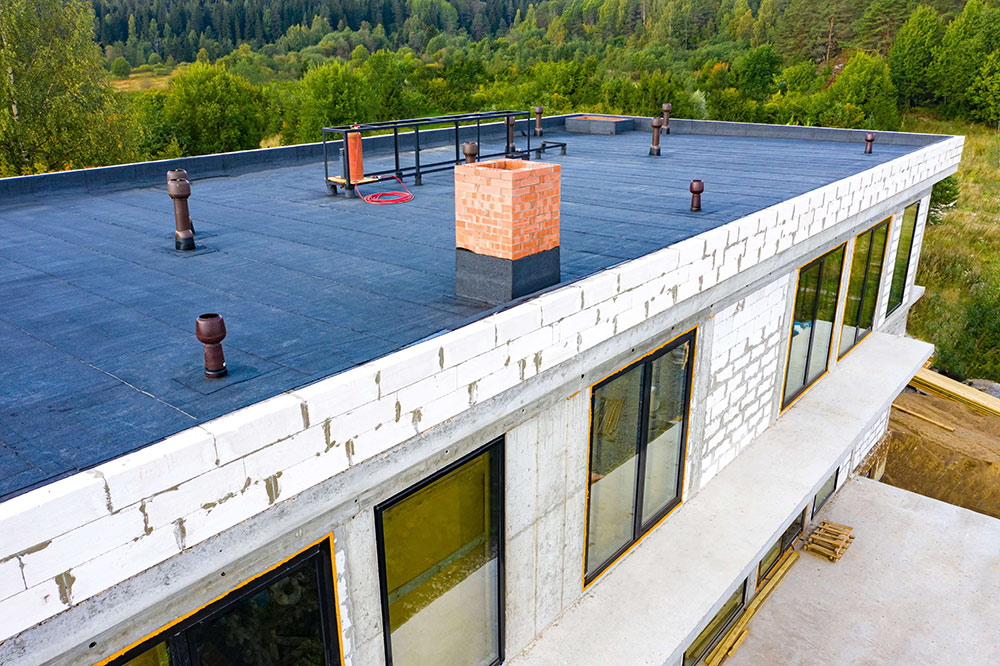
Membrane roofs have a high-temperature tolerance while providing a unique look. These roofs are durable and energy-efficient, though they might not be for all roof styles.
The membrane is flexible, which means that any sort of penetration should not cause serious damage to your roof. For Washington buildings, these roofs are nice because they don’t allow for bacterial growth and avoid standing water on your roof.
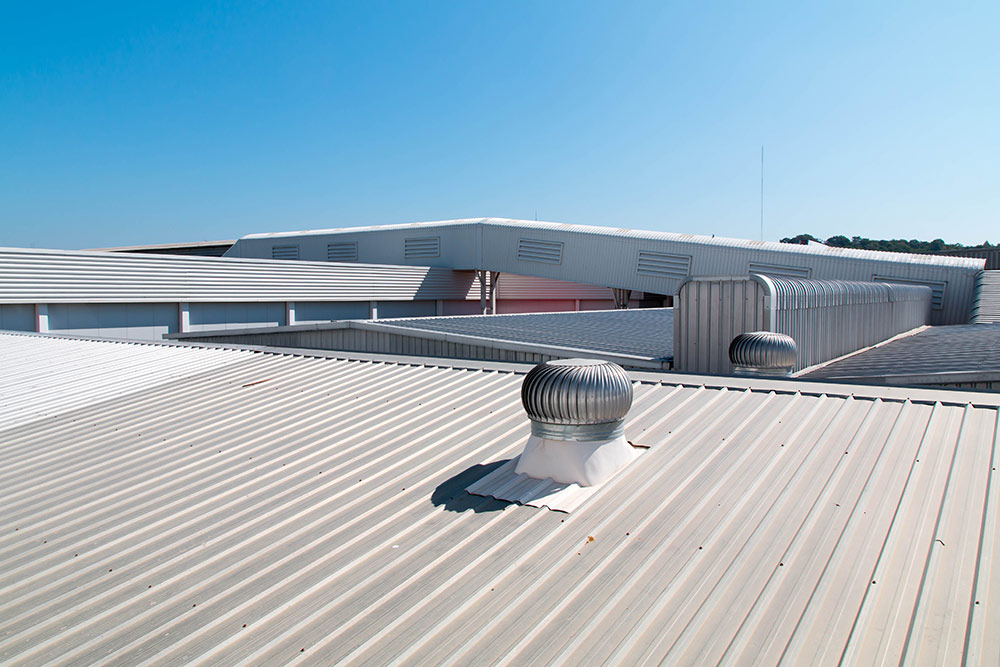
Metal roofing has a long-life expectancy of about 30-50 years. They are fire-resistant and won’t degrade from insects, mold or rot. For Washington homeowners, a metal roof can be a great benefit because it is impervious to rain.
You’ll experience great energy efficiency in the summer months because the metal roof tends to reflect sunlight. It’s also an extremely lightweight material for your roof.
However, it can make your home very noisy during extreme weather, which might be something you want to avoid given the number of storms in Washington each year. Plus, metal roofing does dent when hail or other objects fall on it.
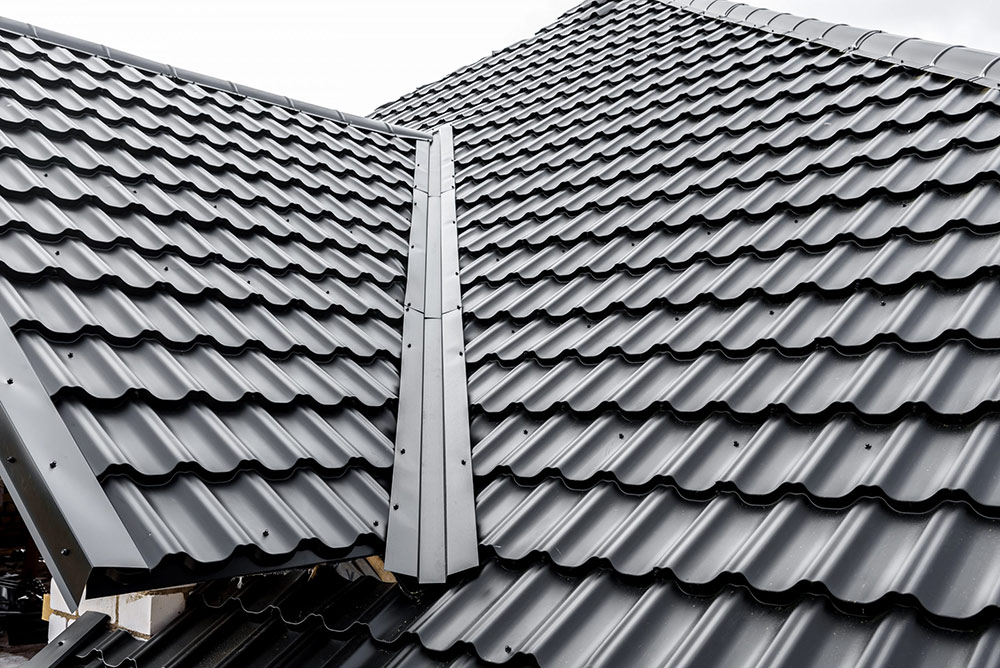
If you want the benefits of metal roofing but the look of a shingled roof, you can opt for metal shingles. This roofing style is gaining traction in the US and growing to be the second most popular roofing type after asphalt.
You can choose from a variety of different roofing looks and styles while getting the protection and benefits of a metal roof. These roofs last longer and can be made to look like cedar, slate or other roofing styles to get the look you want with the durability you need.
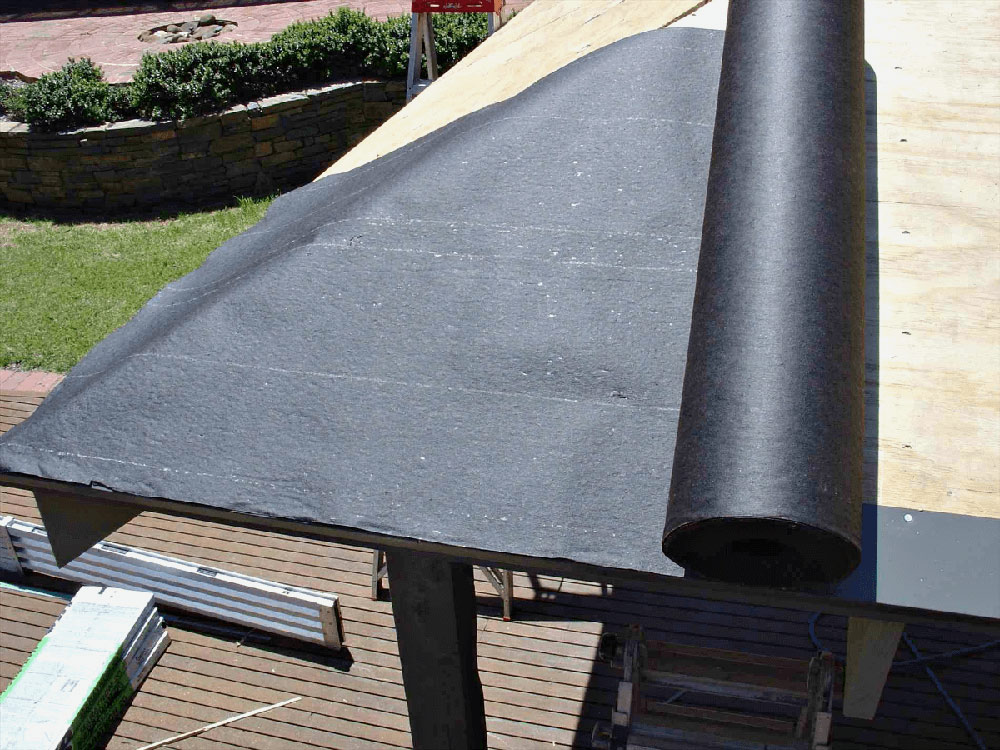
Rolled roofing tends to be more popular for sheds, garages or barns than for homes. It’s a low-cost roofing option that’s also easy to install yourself.
Finding materials for installing a rolled roof is pretty easy and transporting them is also simple. You’ll find the color and style options to be quite limiting though. And the lifespan of these roofs is also quite short at just 5-8 years since they are not very durable.
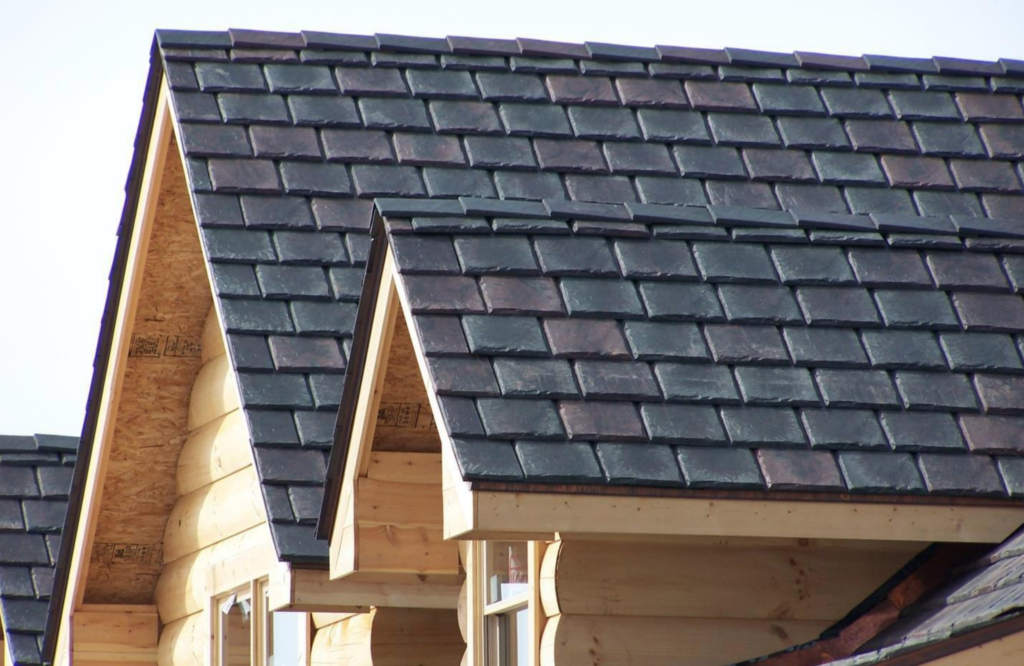
Rubber slate tile is a fire-resistant and more durable slate-looking tile. These tiles are lightweight and look just like slate roofing. They are easy to trim to fit the roof appropriately making them simpler to install than true slate.
But to the average person, it will look like you have a slate roof, which is great news for you and your budget.
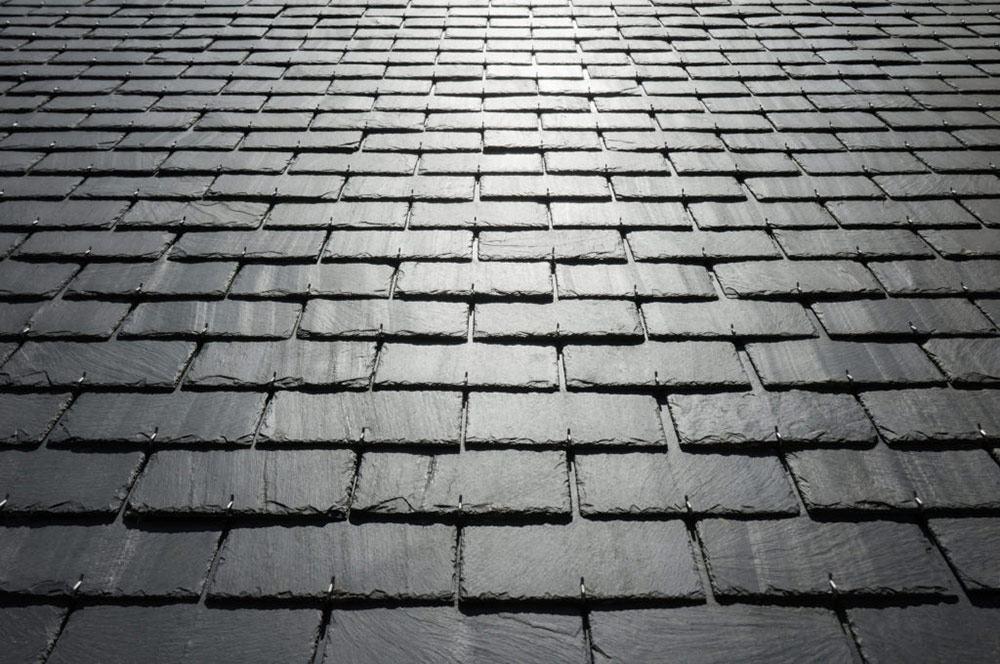
Slate shingles provide timeless beauty for your home. Choose from a variety of hues and textures to get the look you want. This roofing type is especially popular in historic buildings or more elegant building styles.
Slate roofs provide incredible longevity of up to 100 years. They are naturally fire and water-resistant to provide outstanding protection for your home. Plus, slate roofs will not grow fungus or mold, which is important in Washington given the amount of rain the area experiences.
However, you should know that slate roofs tend to sustain more damage during hailstorms or when objects hit them. And, this roofing type is one of the most expensive upfront. You’ll need to plan to stay in your home for many decades for this roof to pay off.
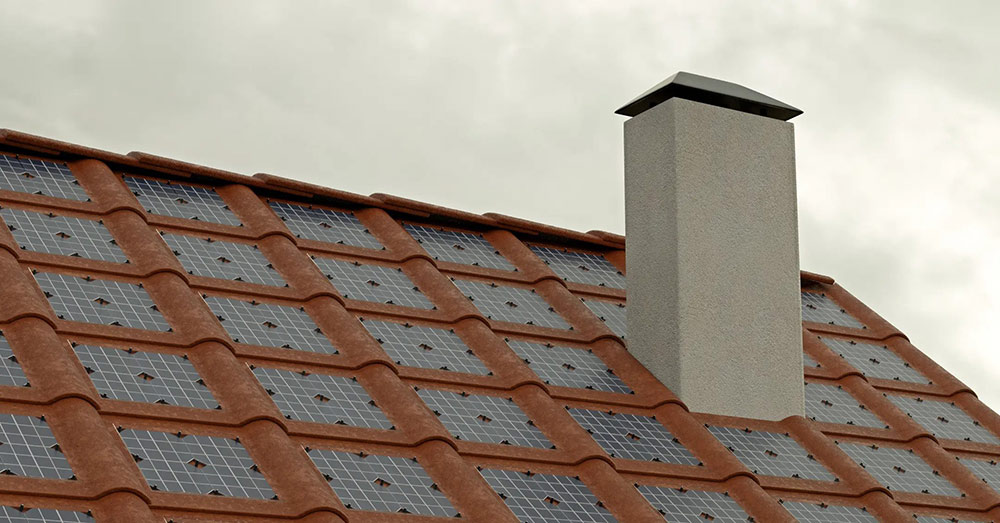
Solar tiles are quite expensive as they are essentially solar-powered shingles. These eco-friendly tiles require good sunlight to offer any power.
Experiencing financial benefits from this type of roof generally takes 7-20 years depending on the amount of sunlight you get on your home. But installing a solar tiled roof can also increase your home’s retail value.
The tiles are also extremely durable and have a long lifespan. They stand up well to wind, hail and fire while being extremely environmentally friendly.
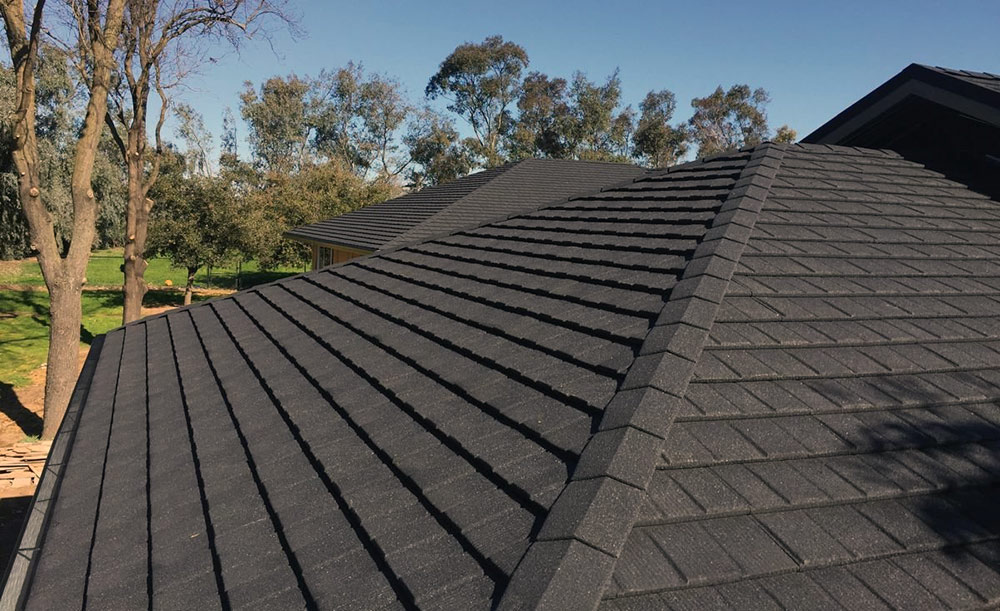
Rustic clay tile roofs are stunning but very expensive. A stone-coated steel roof is a more affordable way to achieve this look. These stylish roofs provide a variety of shingle styles while concealing that they are actually made from metal. They’ll look just like clay but have better durability.
These roofs are resistant to rain and other moisture. They will not break or warp in the large amounts of precipitation in Washington. They’ll also still look great even after a hailstorm or other extreme weather.
Homes with stone-coated steel roofs tend to have a higher resale value, meaning this project will be an investment in the value of your home.
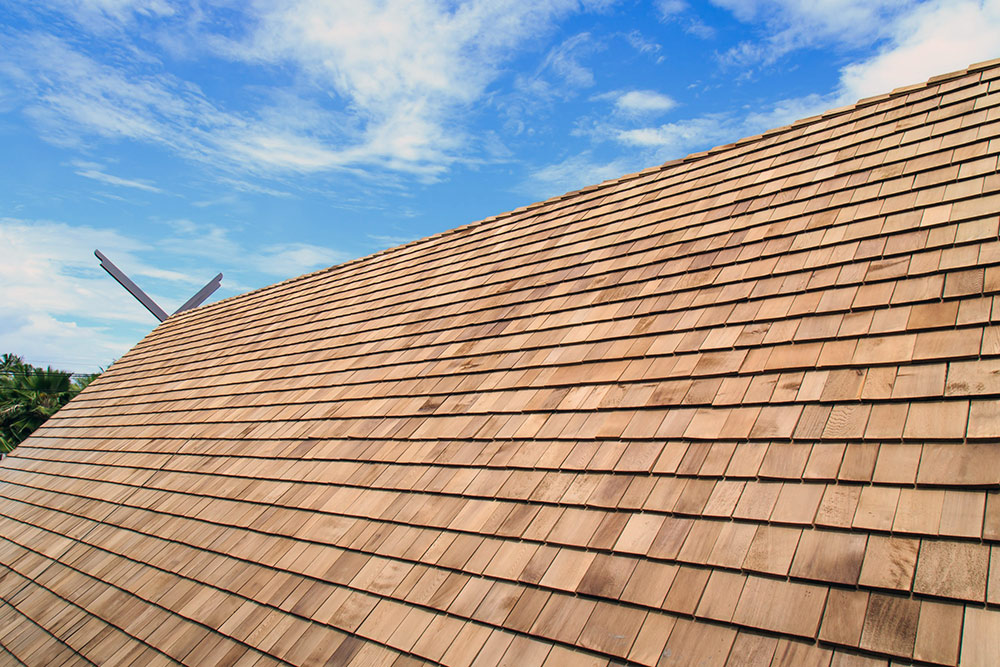
Wood shingles add a stunning and rustic aesthetic to your home and are sturdier than you might think. They can last 25-40 years with the right care and climate. Add fire-resistant and water-resistant coatings to make them even better for your home. Plus, there are methods you can use to avoid insects and decay.
You have four different wood materials to choose from: pine, red cedar, redwood or cypress. While you might be worried that wood shingles would lack uniformity, know that they are carefully cut to an even shape and thickness.
Wood roofs can be made with shingles or shakes. Shakes provide a slightly more rustic look, and they are generally more dimensional.
We answer some of the most common questions to finding the right roof type for your home or commercial building.
Asphalt roofing shingles tend to be the best choice for most homes according to Consumer Reports. You can make these shingles look like cedar or slate, while still enjoying the cost benefits and protection that asphalt roofs provide.
Additionally, asphalt roofs provide three different options based on your budget and protection needs. Some shingles are thicker than others, providing greater protection from the elements. The thicker the shingle, the more expensive in most cases.
The answer once again is asphalt. Thanks to the many options available and the volume with which asphalt shingles are made, they are generally quite affordable.
In contrast, slate roofs tend to be the most expensive roof types available. They are also among the most durable options though, so you’ll have to weigh cost with longevity.
The strongest roofing materials on the market are concrete, slate and clay. You’ll find these materials outperform wood, metal or asphalt roofs. However, you’ll need to be prepared to pay for these roofs and they might not fit the style of your home well. If you’re unsure what roof type is best for you, contact the experts at 2FL Windows, Siding and Roofing. We’ll visit your home or office to provide an in-person assessment and quote for your new roof. Schedule your free consultation now.
Further reading:
Comments are closed.

Read the latest articles about roofing.







[…] A Guide to Roof Types and Materials […]
[…] A Guide to Roof Types and Materials […]
[…] A Guide to Roof Types and Materials […]